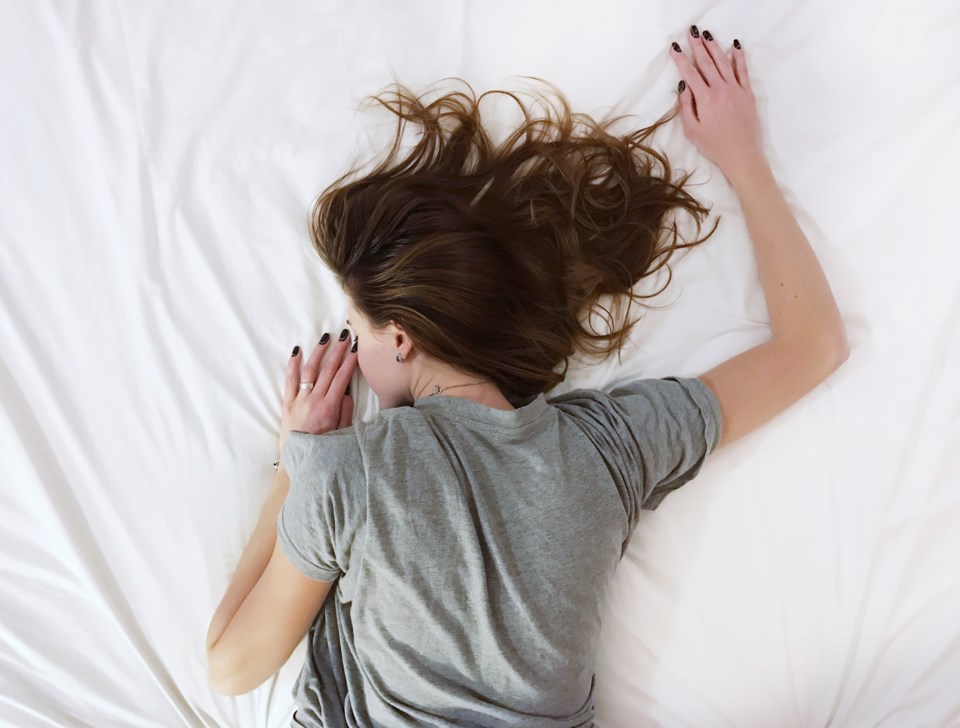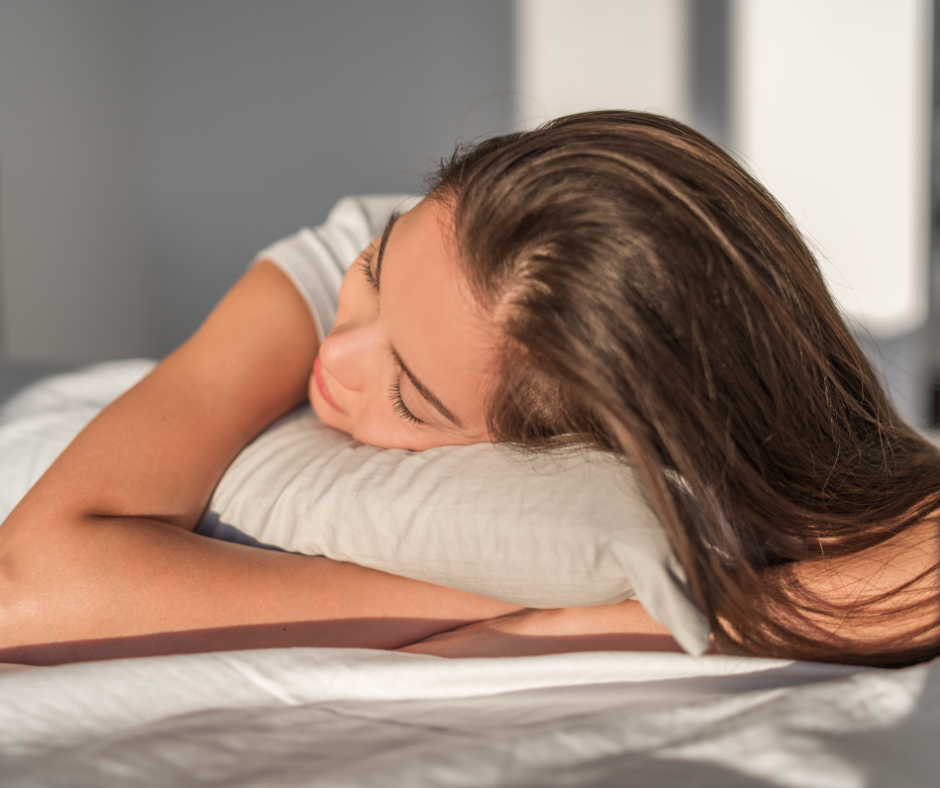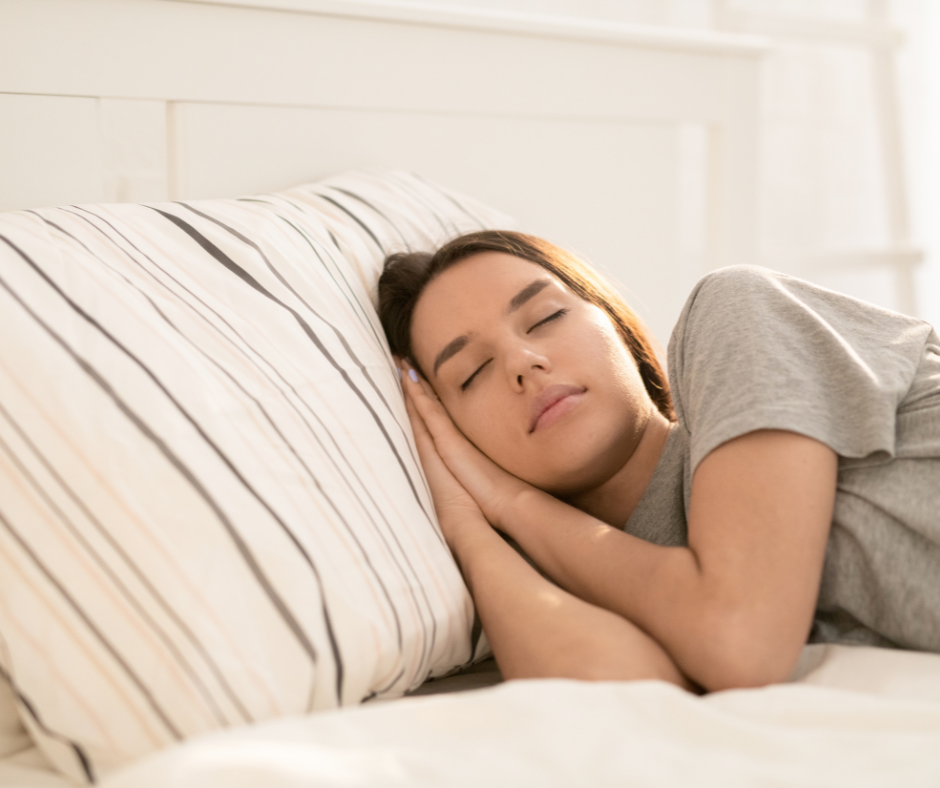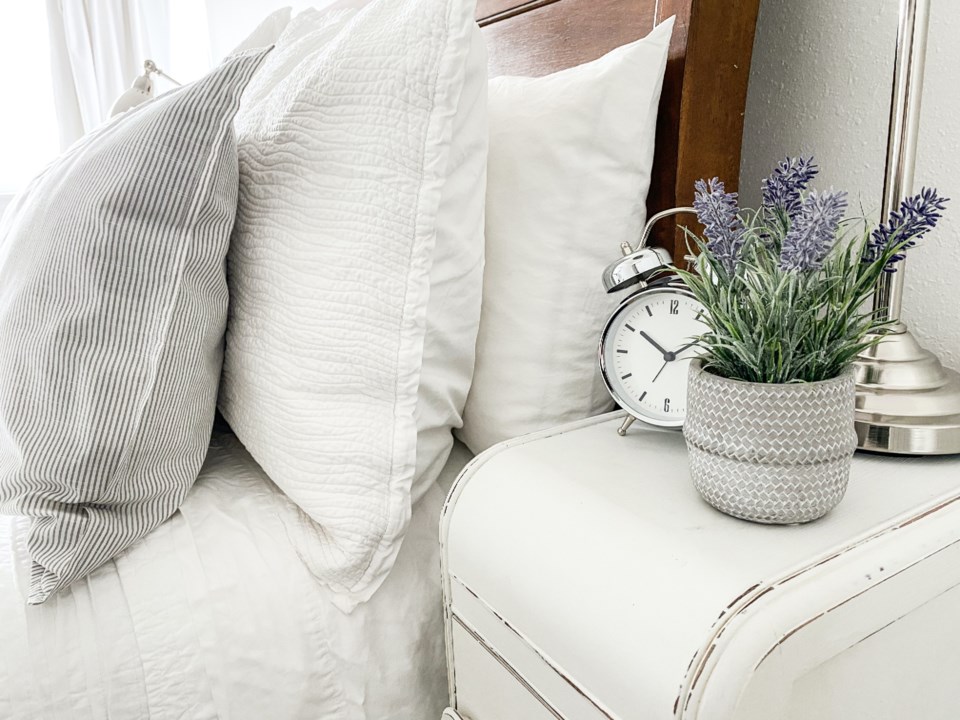Most of us experience a natural decline in energy and alertness in the afternoon. If you don’t, consider yourself one of the lucky ones.
It’s often assumed that napping during the day is a sure way to destroy your chance of getting a solid sleep at night. While this may certainly be true for some, for others, learning how to nap properly can completely transform their day.
If you tend to get a bit less than the recommended amount of nightly sleep—7 to 9 hours for adults between the ages of 18 and 64—a brief nap can be restorative. The key is adhering to a few important guidelines.

Length
For most people, the ideal napping length is a lot shorter than you’d think: between 10 and 30 minutes, according to the Sleep Foundation, with the most benefits seen at the 10-20 minute mark. This is often what is referred to as a “power nap” and it’s the perfect amount of time that allows you to get some light rest.
Sleeping between 20 and 30 minutes can result in a brief period of impaired alertness and performance that lasts at least as long as the nap itself.
If, however, you let yourself sleep for too long—around an hour or more—you’re likely to fall into a heavier, deeper sleep. This slow-wave sleep stage occurs about an hour after you first doze off, and once you’ve passed this threshold, it is harder to wake up from. The result? Feeling dazed, drowsy and groggy (or worse, irritable and angry), which isn’t exactly what anyone is hoping for. Wake sooner and you’re more likely to feel refreshed and reinvigorated.
It’s important to note that the term ‘sleep’ here is a bit of a misnomer. You might actually just be lightly dozing and, believe it or not, that’s more than enough to leave you feeling refreshed. It’s still enough of a break for your brain, which can get to work on improving your cognitive function, things like memory, logical reasoning and the ability to complete complex tasks.
Timing
Studies have shown that the best time to nod off is early to mid-afternoon, ideally between 1 and 3 pm, which seems to be the sweet spot. Some experts suggest no later than 2 pm. Napping too late in the day can interfere with your the quality and duration of your sleep at night.
How age affects napping
Napping patterns do tend to change as we age. The older we get, the more often we nap, yet those rests get shorter. Younger folks between the ages of 18 and 34 take the longest naps, and over time those nap breaks naturally shorten.
Homeostatic sleep pressure
Everyone has their own individual sleep drive, also known as homeostatic sleep pressure. It requires, therefore, a bit of trial and error in order to figure out what schedule works best to keep you most alert and energized throughout the day. For many of us, some of the variables will include what time of year it is and the role daylight savings time plays, our natural circadian rhythms and our preferred sleep/wake pattern.
Understanding sleep architecture
A basic understanding of the sleep cycle helps. In a healthy adult, the sleep cycle is divided into four stages. Stages one and two feature light sleep, known as non-rapid eye movement (NREM). This is when your heart rate, breathing rate, body temperature and brain activity all decrease gradually. Because you are only in a light sleep, you can be awakened relatively easily.
Stage three of the sleep cycle is when the slow-wave sleep, the deep NREM, happens. It is during this stage that your body temperature, heart and breathing rates, and brain activity reach their lowest points. If you were to try to wake someone during this sleep stage, it could be more of a challenge than during stages one and two. When you do wake up from the slow-wave sleep stage, you’re likely to feel confused and groggy.
Stage four of sleep is the one we tend to be most familiar with: rapid eye movement (REM) sleep. This is typically marked by erratic eye movements and spike in brain activity. You are most likely to dream during this stage and your heartbeat and breathing rates begin to return to their normal waking levels. On a typical night, you can generally expect to enter REM sleep about 90 minutes after falling asleep.
The first few cycles contain more slow-wave sleep. Later in the night you tend to spend more time in REM sleep.
Napping later in the day is discouraged because that’s when your rest is most likely to include more deep sleep. None of us want to disrupt our ability to fall asleep at night, so try to squeeze a nap into the earlier part of the day.
What to watch out for
There’s a fine line, it seems, between effective power naps and longer naps. Longer naps can be counterproductive and could function as a signal that you’re not getting enough rest at night. Naps should not be an attempt to replace the rest you missed the night before; if you’re sleeping during the day for between 2 and 4 hours at a time, you’re probably sleep-deprived and would be better served by adjusting your nightly routine.
It’s also important to consider that there could be underlying reasons driving your need to nap. Check with your doctor to make sure the medications you’re taking aren’t making you sleepy. You’ll also want to rule out obstructive sleep apnea as a possible cause, because this sleep disorder often leads to feeling tired throughout the day.

Understanding the hierarchy of sleep
Nighttime sleep is still king. It is efficient and deep, absolutely essential for your body and mind. It might help to think of naps as an add-on, a way to enhance your performance when your energy is flagging, but never as a substitute for a proper night’s rest.
Benefits
There are both physical and cognitive benefits to napping. Some liken a short rest to having a healthy snack between meals: it should be just enough to help you refuel and give you a needed boost so you can continue on with your day.
Naps can help regulate stress and our emotions and improve our mood. They help improve alertness and concentration during the day, and decrease drowsiness, which can reduce errors and accidents. Naps can increase cognitive and motor performance, improve your ability to absorb new things and—especially helpful for students—help you retain things you’ve just learned.
They’re also great at relieving headaches, strengthening the immune system and reducing the risk of diabetes and cardiovascular disease.
Naps should be intentional and you should find them energizing. Timed correctly, they could just be the secret to being able to sail through your day feeling your best. They are an easy way to gain back some energy during the day, as long as they don’t throw off your sleep patterns at night.
If you’re still not sold on the idea that naps are good, exposure to bright light can provide a similar energy boost.





